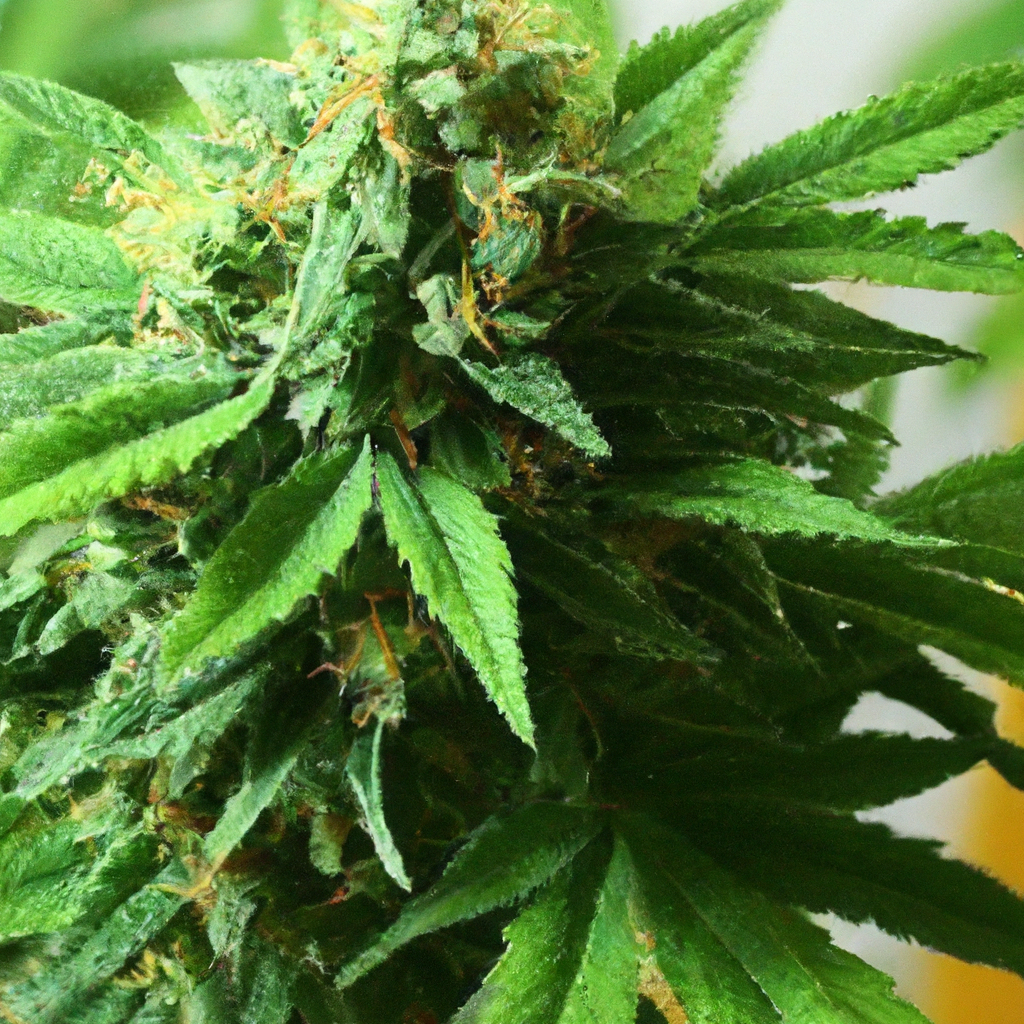Your cart is currently empty!
As cannabis cultivation continues to evolve, autoflowering strains are gaining popularity among growers. Unlike their photoperiod counterparts, autoflowering cannabis switches from vegetative growth to the flowering phase based on age rather than light cycles. This unique characteristic presents both advantages and challenges, making it essential for cultivators to understand the underlying science.
What are Autoflowering Cannabis Strains?
Autoflowering cannabis strains are crossbreeds of the Cannabis sativa or Cannabis indica with Cannabis ruderalis, a variant known for its ability to flower based on a set period of time. Native to regions with shorter summers, these strains have developed the ability to flourish regardless of the day or night lengths.
- Quick Harvest: Autoflowering strains usually have a rapid life cycle of around 8-12 weeks from seed to harvest.
- Compact Size: Their smaller stature makes them ideal for discreet indoor growing.
- Resilient Nature: These strains are generally more robust, with a natural resistance to cold temperatures and pests.
Advantages of Growing Autoflowering Cannabis
The unique properties of autoflowering strains offer several benefits that cater to both novice and seasoned growers:
- Multiple Harvests: Faster growth cycles enable multiple harvests within a single season, maximising yield potential.
- Efficient Space Use: The compact form allows for dense planting configurations, ideal for small growing spaces like balconies or greenhouses.
- Ease of Growth: Autoflowers require less rigorous light management, simplifying cultivation for beginners.
Challenges and Considerations
Despite their advantages, cultivation of autoflowering cannabis involves specific challenges that must be addressed for optimal growth:
- Nutrient Sensitivity: Autoflowering strains can be sensitive to excess nutrients, requiring careful management of feeding schedules.
- Short Vegetative Phase: With less time to recover from stress, poor growing conditions can stunt growth quickly.
Best Practices for Cultivating Autoflowering Cannabis
To maximize the potential of your autoflowering cannabis, consider the following best practices:
- Temperature and Humidity Control: Maintain optimal environmental conditions to enhance growth and prevent stress.
- Moderate Nutrient Feeding: Apply a balanced nutrient regimen tailored to the plant’s growth stage.
- Light Exposure: While not light-dependent, providing additional hours of daylight can improve potency and yield.
Conclusion
Autoflowering cannabis strains offer a unique blend of convenience and productivity, making them an attractive option for modern cultivators. Understanding their specific needs can help growers achieve successful harvests while experimenting with various growth techniques to optimize outputs.
The evolution of cannabis cultivation is a testament to the adaptability and resilience of the plant itself, offering growers endless possibilities ranging from traditional methods to cutting-edge practices.
Tags: AutofloweringCannabis, CannabisCultivation, GrowingTips, cannabis-science, EducationalResources
Discover more from Magic Clones
Subscribe to get the latest posts sent to your email.


Leave a Reply